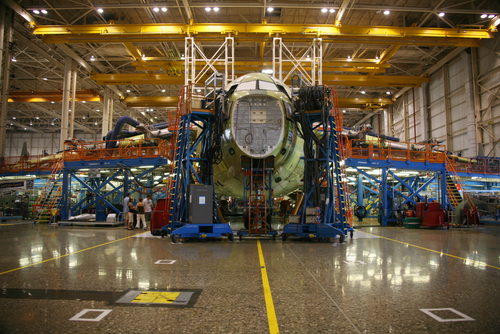What are the new investment plans for wind generation in India?
It should come as no surprise to those keeping a close watch on developments in the renewables sector that India’s largest energy producer, NTPC, has last month announced its decision to move into wind production. The proposed new 50 MW Facility will be built in Gujarat and as the company is also substantially owned by the Government, sources close to management believe there should be little difficulty in securing consent for an early completion of the project.
Indeed, Prime Minister Modi’s Administration is taking an increasingly active role in supporting wind generation projects right across the subcontinent.
Shortly before Christmas, for example, the Government announced its decision to introduce “Viability Funding” for the wind sector; and faced as it was with the threat of losing key subsidies by the end of the financial year, participants in the sector will have welcomed the new measures with open arms. The previous Union Budget had capped accelerated depreciation relief from April 2017 onwards which was seen in many quarters of Government as a retrograde measure, at least undermining existing governmental commitments to the Beijing and Pittsburgh Climate Change Protocols. The new Viability Funding Policy will go a long way to addressing those concerns by further bolstering the position of wind as a key transformative catalyst for renewables growth.
The Policy Initiative (with planned payments pitched at 80% of growth targets) will also undoubtedly be seen as a welcome recognition from Central Government of the key role which is to be played by Gujarat in future renewable energy development, fitting in very appropriately with NTPC’s new investment plans for wind generation in the State.
And although it is correct that the existing Generation Based Incentive of 50% from target will be phased out under the new plans from April 2017 onwards, it remains the case that of 28,279 Mw of wind power generated in India, 70% will still be built on accelerated depreciation budget programmes. Taking the NTPC Gujarat Project as an example of how that will work in practice, no less than 80% of the Project’s expected development costs will ultimately be paid back by Central Government if, as seems likely, the Project is completed on schedule.
Speaking last month when the new Policy was announced, an official from Prime Minister Modi’s Office said: “As the generation based incentive expires, the Government is introducing a new incentive for procurers of wind power. The idea is to pay distribution companies the difference between their procurement cost and the viable tariff”.
There can be no doubting the significance of these developments. As bids for solar powered units have spiralled downwards over recent months to less than Rs 5 per unit of production there has been a marked reluctance from most Indian States to pay more than the depressed base figure; so it is to the Government’s credit that it has recognised the economic necessity of bridging the expectation gap with an effective package of subsidies
Close to 11,000 MW of wind-powered generation, no less than forty percent of the total wind generation capacity on the subcontinent had previously faced delayed payments from participating States, some of which had even cut their generation targets during the summer of last year. The new policy deals timeously and constructively with that threat.
Wind power is not, of course, a sector which is dependant on government support and these are fundamentally realistic measures introduced to meet an external market threat; so we should remind ourselves that for over a year up to 2012, the wind sector received no government support at all and despite this 1,700 additional MW of wind power had been added to overall stock by 2016 against a Central Government target of 2,400 Mw making India the fifth largest renewables energy generator in the world. The new measures are a timely helping hand to what is already a strong and robust sector, but for all that they are still to be welcomed.
Red Ribbon CEO, Suchit Punnose said:
There is obviously a key dynamic operating between the photovoltaic and wind-powered sectors; and in an evolving market they will inevitably complement one another, so I have been paying close attention to the softening of bid prices for solar powered units over recent months and it seems to me that the Government is absolutely right to step in with a package of measures to prevent this impacting adversely on wind markets. It is the right measure at the right time and a clear signal of the Government’s commitment to wind power as a key part of the renewables platform in India.
Added to that, of course, the new Viability Funding Policy will provide a solid basis for growth to the renewables sector as a whole; and with the imminent phasing out of Generation Based Incentives that is certainly to be welcomed.
It is also reassuring to confirm our own long-held conviction that economic forces must inevitably converge to reinforce the business case for projects tackling environmental issues. Policies discriminating in favour of projects delivering a measurable positive impact, is also good news for investors seeking to align their financial portfolios with their values.








Leave a Reply